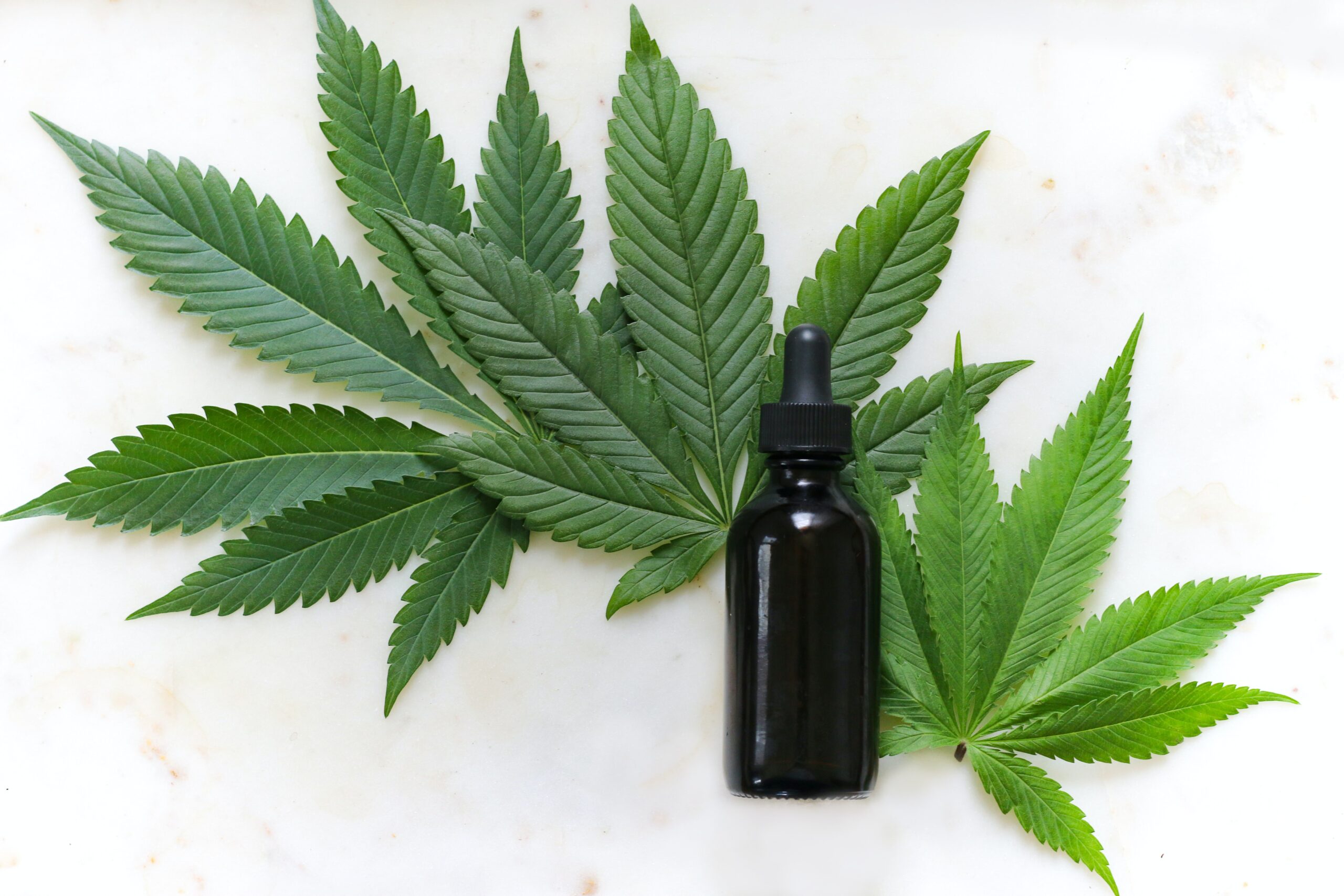CANNABIS PLANT AND CANNABIDIOL
Cannabidiol (CBD) is one of many different cannabinoids found and extracted from hemp (Cannabis sativa or Cannabis indica). Cannabidiol is normally located in the aerial parts of the plants (flowers, stems and leaves) and not in the roots or seeds. Although CBD is chemically similar to Tetrahydrocannabinol (THC), Cannabidiol does not cause a psychoactive effect (e.g. euphoric effects). Cannabigerol (CBG), another cannabinoid extracted from the plant, is a precursor molecule that can converted into other cannabinoids (like THC and CBD) during plant growth and is gaining more and more attention by consumers and the cosmetic industry.
EU LEGAL FRAMEWORK ON CANNABIS-DERIVED INGREDIENTS
In the European Union (EU) Cannabis sativa plant can be legally cultivated and supplied for industrial uses if the THC levels present in the plant do not surpass 0.2%.
According to Cosmetics Regulation (EC) No 1223/2009, there are several Cannabis-derivatives included in the list of substances prohibited in cosmetic products (Annex II) such as Cannabis and Cannabis resin (Cannabis sativa, ext.), Cannabis sativa flower extract, Cannabis sativa flower/stem extract or Cannabis sativa flower/leaf/stem extract. These substances cannot be used in cosmetic products under any circumstances. However, substances extracted from the seeds of Cannabis sativa, like Cannabis sativa seed oil and Cannabis sativa seed extract, among others, are allowed for use in cosmetic products if the THC level does not exceed 0.2% (THC is also included in Annex II).
Cannabidiol (CBD) is also included in the list of substances prohibited in cosmetic products (Annex II of the European Cosmetic Regulation). Its annex entry states that “Cannabidiol (CBD) as such, irrespective of its source, is not listed in the Schedules of the 1961 UN Single Convention on Narcotic Drugs. However, it shall be prohibited from use in cosmetic products (II/306) if it is prepared as an extract or tincture or resin of Cannabis in accordance with the Single Convention. Please note that national legislations on controlled substances may also apply.”.
This means that Cannabidiol may not be extracted from the flowers, fruits or resin because these parts have higher concentrations of THC. It can neither be prepared as an extract, tincture or resin. Cannabis seeds (when not accompanied with the fruiting tops) are not included in the list of banned ingredients of the Single Convention, so the use of Cannabidiol derived from seeds is not prohibited (again, THC levels cannot exceed 0.2%). Since CBD is mainly found in the aerial parts of the plants, the safest and most efficient way to legally use this substance in cosmetic products is by synthetic production.
Member States may have different regulations regarding Cannabis and its derivatives, which influence its use on cosmetic products. For example, France and Sweden have different restrictions for derivatives of Cannabis and its use on cosmetic products. On the other hand, Switzerland allows a maximum THC content of up to 1%.
CANNABIS IN THE U.S. COSMETIC PRODUCTS INDUSTRY
In the United States, the 2018 Farm Bill (Agriculture Improvement Act of 2018, Pub. L., 115-334) excluded Cannabis and cannabis-derived compounds with a THC concentration of no more than 0.3% (dry weight basis) from the Controlled Substances Act (CSA), which means that these compounds are no longer controlled substances under federal law. The U.S. Food and Drug Administration (FDA) is the authority that regulates products containing Cannabis and its derivatives. In the U.S., Cannabis and its derivatives (defined as hemp – Farm Bill 2018) are not cosmetic ingredients prohibited or restricted by regulation. Nevertheless, it must be taken into account that “a product is intended to affect the structure or function of the body, or diagnose, cure, mitigate, treat or prevent disease, it is a drug, or possibly both a cosmetic and a drug, even if it affects the appearance” in accordance with FDA regulations.
If a manufacturer would like to have Cannabidiol on its formulation and commercialize the product in the European Union, they should use Cannabidiol which is 100% chemically produced. Moreover, manufacturers must take into account the country of origin of the Cannabis-derived ingredients used and also the tolerance for THC content that has been set out at national level for industrial hemp.
In cosmetics, the Responsible Person plays a determinant role safeguarding the compliance of Cannabidiol-containing cosmetic products with regulations and closely monitoring its commercialization across the European Union. These products must not claim having therapeutic effects and should not confuse the public about its cannabis content.
If you need to place your CBD containing products in the EU market and need further information or guidance on this matter, feel free to contact us at info@criticalcatalyst.com.
References:
- Single Convention on Narcotic Drugs, 1961. Available from: https://treaties.un.org/doc/Treaties/1964/12/19641213%2002-14%20AM/Ch_VI_15.pdf
- Food and Drug Administration. FDA Regulation of Cannabis and Cannabis-Derived Products, Including Cannabidiol (CBD). Available from: https://www.fda.gov/news-events/public-health-focus/fda-regulation-cannabis-and-cannabis-derived-products-including-cannabidiol-cbd














